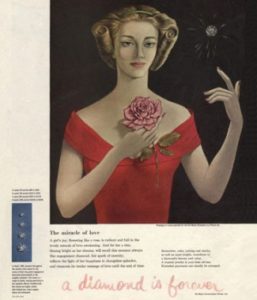In America the Marvelous by A. A. Gill, the commonly held notions between the view of America from a European lens is explained.
“Americans are stupid, crass, ignorant, soul-less, naïve oafs without attention, irony, or intellect”
This is a commonly understood way of how Europeans view Americans, and in all honesty, it is correct. The average American who travels abroad does not understand the tourist gaze, the cultural norms of the place they visit, or even the sheer privilege of being an American has on them. Americans typically just make reservations at a hotel, buy a plane ticket, and jet-set off to whatever country piques their interest.
A lot of discussions have been had recently about cultural norms in class and what makes an American feel like an American. As viewed in Tresspass by Theroux, what made him feel like an American was being taken advantage of, and having the unknowing of culture turned against him. When Americans travel abroad, as I stated earlier, they typically do not research before traveling abroad. And due to this, it not only casts them in a negative light for appearing that they are above another’s culture but also puts the tourist at a disadvantage for their lack of knowledge.
Though, as explained by Gill, Europeans also take America for granted due to its advantages. This type of understanding of the world does not simply refer to one nation or area over another, but rather nearly all places. There is this idea of “snobbery” that pervades the ideals of Europeans due to the culture that surrounds western ideals. While there are many problems with America and its schools of thought, the origination of western thought has given Europeans a sense of superiority. Europeans hold certain American aspects in high regard, but they still look down on others. What Gill is explaining is the tourist gaze of America by another western nation and details how the tourist gaze affects Europeans specifically.
